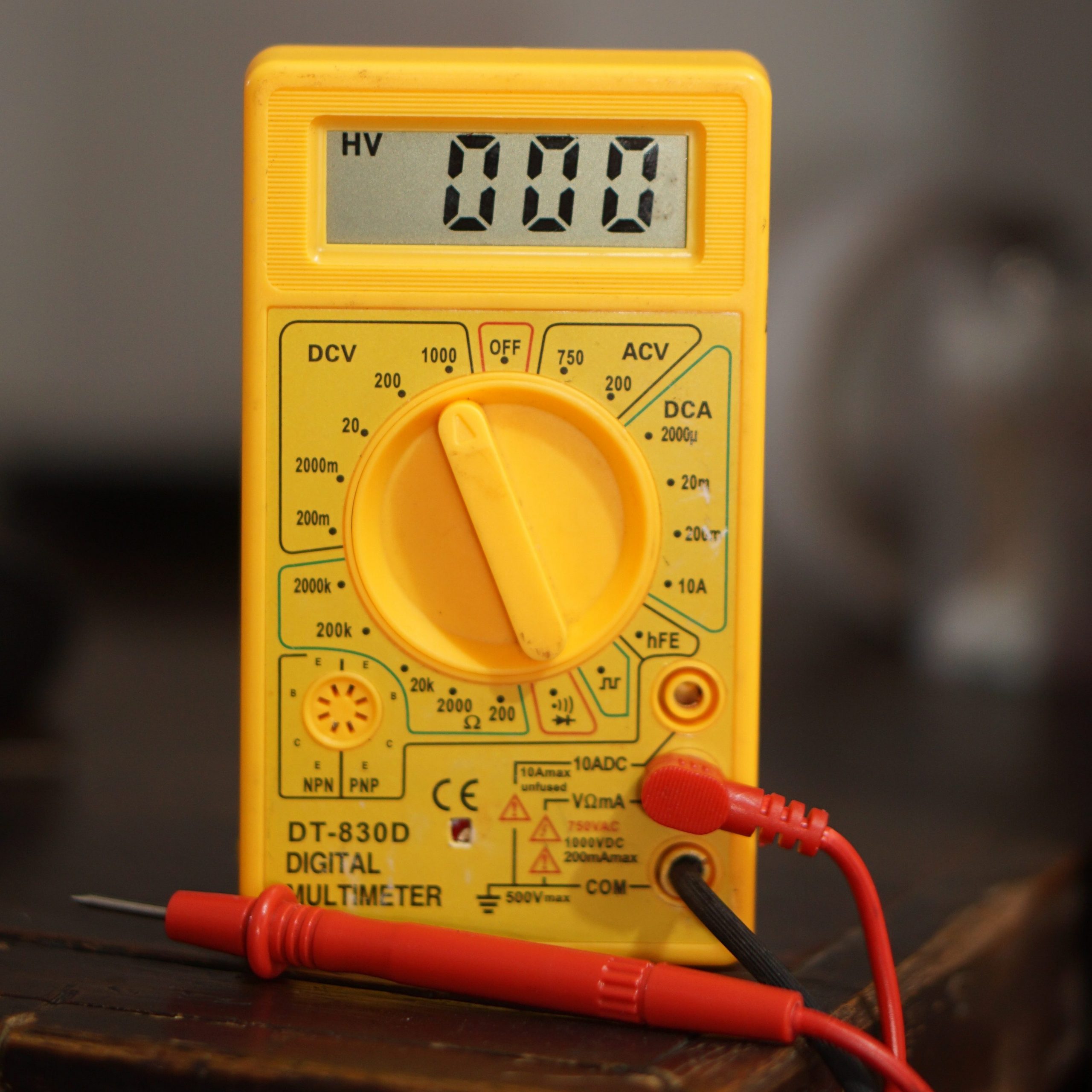In the world of electronic testing, two common tools stand out: the oscilloscope and the multimeter. While both serve vital roles in an engineer’s toolkit, they are designed with distinct functions. Although there might be some overlap in capabilities, attempting to use an oscilloscope as a multimeter is not the most efficient or recommended approach.
Oscilloscopes
An oscilloscope (for example, the MDO3032) is a powerful instrument primarily used for visualizing and analyzing varying voltage signals over time. By displaying waveforms, it helps engineers gain insights into signal shapes, frequencies, amplitudes, and phase relationships. This makes oscilloscopes indispensable for comprehending the behavior of AC voltage, square waves, sine waves, and other dynamic signals.
Multimeters
In contrast, a multimeter (such as the DMM6500) is a versatile tool designed to measure a spectrum of electrical parameters. From voltage and current to resistance, capacitance, frequency, and continuity, the multimeter provides precise numerical values for these properties. Its adaptability makes it ideal for both static and simple dynamic measurements, offering accurate readings in various scenarios.

Why Using an Oscilloscope as a Multimeter Isn’t Ideal
While some oscilloscopes have rudimentary capabilities to measure voltage, frequency, and resistance, relying on them for these tasks is not recommended due to several reasons:
Accuracy: Multimeters are meticulously calibrated to ensure accurate measurements across various parameters. Oscilloscope measurements might lack the precision required for static measurements.
Efficiency: Multimeters excel in quickly providing clear readings for basic parameters like voltage and resistance. In contrast, oscilloscopes demand more setup and time for similar measurements.
Potential for Damage: Oscilloscope probes are designed for high-impedance inputs. Using them as multimeter probes in low-impedance situations, such as measuring resistance, could potentially damage the probes.
In the world of electronic testing, using the right tool for the job is crucial. While you might be able to make basic measurements with an oscilloscope, its optimal use lies in visualizing dynamic signal behavior. For accurate and efficient measurements of voltage, current, resistance, and other parameters, a dedicated multimeter is the go-to choice. By understanding the strengths and limitations of each tool, engineers can ensure the highest quality of work and reliable results in their projects.